In our first article, we discussed How to Choose the Right Tiles and in our second, we discussed How to Choose the Right Adhesive. If you haven’t read those first, just click on the links to be taken straight to the posts!
You may have finally whittled down your choice of tiles and with our help, you may now know how to adhere those tiles to your surface. But what about grout? Do you choose a rapid setting or standard? Should you go with a light colour or a dark? With so many choices available, it’s understandable that there may still be some confusion as to the best type of grout to use for your particular project.
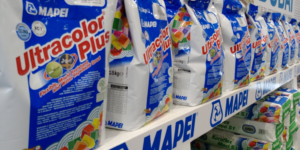
Some things you might want to keep in mind…
Cement powder-based adhesives come in both grey and white, and rapid or standard-setting variants. The decision to use white over grey is determined by the type and colour of tiles chosen as well as the colour of the grout. Lighter colour materials are ideally suited to white adhesives.
The choice of rapid setting adhesive over standard setting is really up to the person installing and their proficiency in execution. The only time a rapid setting should be considered as a must is when installing natural, agglomerated, or quartz stone where a latex-based adhesive may also be required.
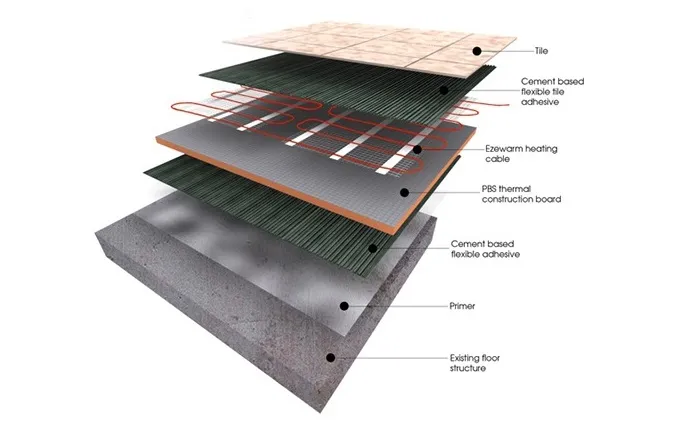
Things to bear in mind if the floor has an under-tile (electric) or under-floor (water) heating system…
In these instances, flexible adhesives and grout should be used. When installing natural stone, an anti-fracture membrane should be installed to comply with the code of practice for electrical systems and also are recommended for the installation of large format porcelain tiles which may be exposed to stress from movement within the background substrate.
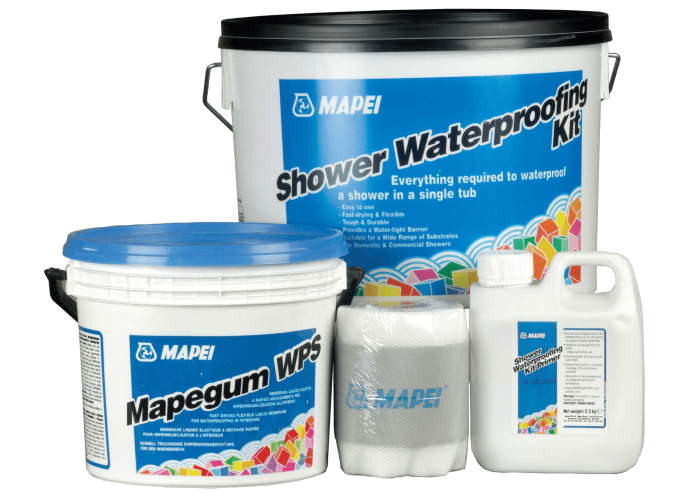
If the room has wetted areas, then a tanking membrane should be used to protect your backgrounds from any possible water damage. These are essential in wet rooms and the code of practice now requires that a tanking membrane or cement board system should be used in any wet areas to protect backgrounds from any possible water damage.
Grouts can almost follow suit, however, these days a flexible grout with anti-mould is the standard choice. Grouts can be smooth or coarse and you can determine which one to use by the type of material being fixed and size of grout joint width to be used. For example, with a high gloss dark coloured ceramic tile or a glass / metallic mosaic, you’ll want to use a fine powder grout for a narrow joint grout (1-4mm).
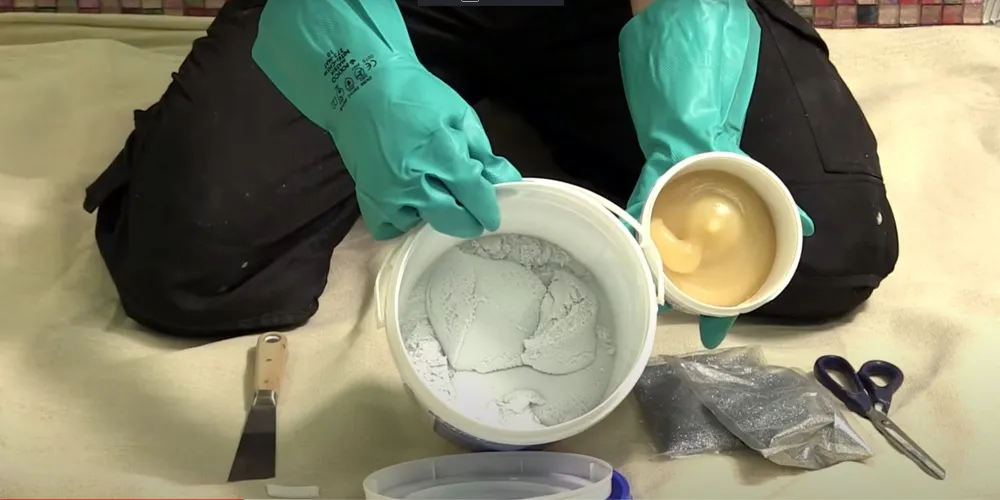
Cement-based grouts are water resistant but are not impervious to water and darken when wet, so for a truly impervious grouted joint which doesn’t change colour when wet, the use of an epoxy grout is recommended, giving you high stain, abrasion and chemical resistance.
The recent trend for the use of large-format, 20mm outdoor porcelain slab tiles in our gardens has seen the development of new systems for their installation, including brush-in, air-drying grouts. These are generally easier to apply and require less manual labour.
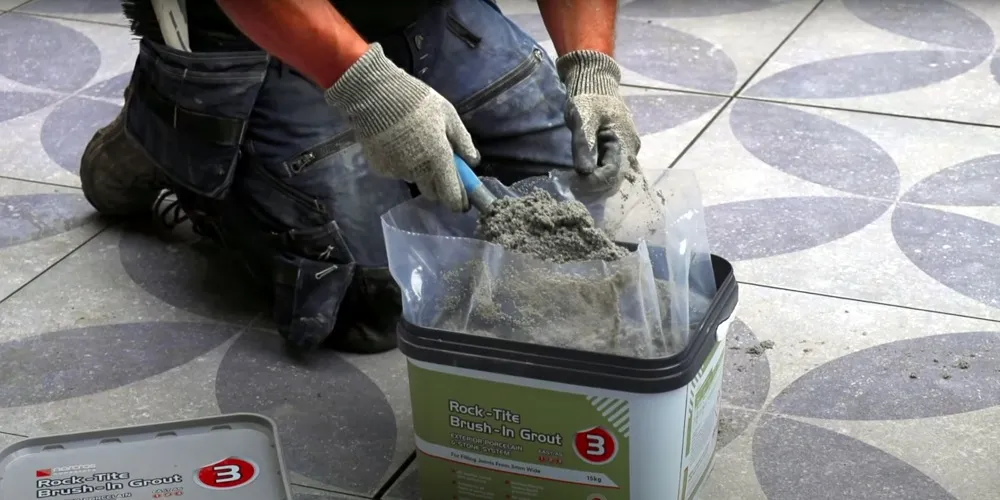
We hope this guide has been helpful but of course, our experts are always on hand to help with any questions you may have. Feel free to contact us if there is still any doubt about which grout you should choose – call our friendly customer services guys on 01782 223822 or hit us up via our live chat function for some free, impartial advice.
You might also enjoy these posts on the Tile Mountain blog…
Here at Tile Mountain, we not only have a huge range of tiles to suit every purpose, we also have a wealth of tiling knowledge gained from over 30 years in the tile industry, (which we’ll do or best to share with you across these very pages).
Whether you’re looking for the perfect tiles for your next home improvement project, are searching for some style inspiration, or simply need a bit of help and advice, you’re in the right place.
